As the SEO landscape changes, the algorithm and the competition shift, too. Keeping up is no longer an option, but rather a must-have in order for companies to thrive. Programmatic SEO allows companies like yours to easily automate content production and rank across a sea of keywords with unrivaled effectiveness.
Here at Andava Digital, we love seeing businesses take advantage of programmatic SEO. In this comprehensive guide written by our SEO specialists, we will take you through all the nuts and bolts of this revolutionary approach to provide you with concrete demos, practical tips, and a concise plan to unlock explosive growth.
Ready to supercharge your SEO efforts and leave your competitors in the dust? Let’s dive in!
What is Programmatic SEO?
Programmatic SEO is a data-driven SEO method that automates the generation and optimization of thousands of pages, for a large set of long-tail keywords. It uses template-driven SEO and structured data to design individual, keyword-rich pages at scale, making your website more searchable for your audience.
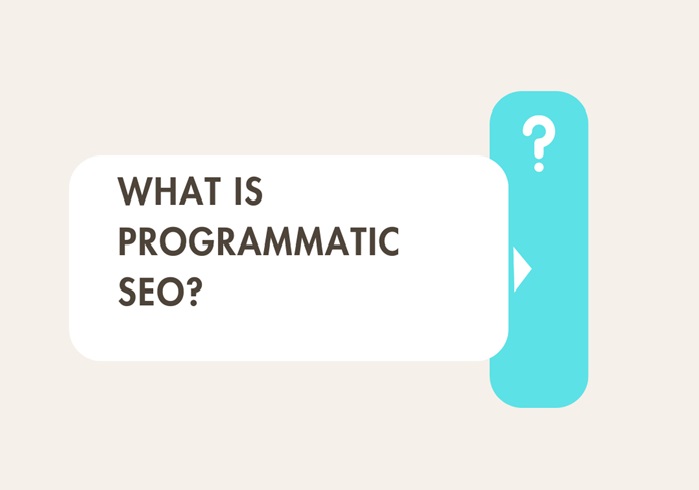
Differences Between Traditional SEO and Programmatic SEO
Although traditional SEO and programmatic SEO can work to rank your website higher in search, the focus and purpose of each are quite different. Get to know the difference between traditional SEO and programmatic SEO.
Traditional SEO is more the optimizing of your website’s pages for specific keywords. This generally consists of copywriting, on-page optimization, and link building for better rankings for those very same keywords. It’s hands-on, and it’s time-consuming and energy-intensive work to rank for each page.
Programmatic SEO, however, is a strategy that combines animation and various forms of technology to create numerous web pages about your products and their variations. That makes it both automated and scalable through its ability to provide high-quality web pages on demand using templates and structured data so your website can pick up massive volumes of long-tail keywords — sometimes millions of them.
Key Differences:
- Keyword Targeting: Traditional SEO targets a few high-volume keywords, while programmatic SEO will rank for hundreds of long-tail keywords when done correctly.
- Content Creation: While traditional SEO tends to focus on content production from scratch, automated SEO creates content automated with templates and data.
- Scalability: Though traditional SEO may not be scalable due to manual input, programmatic SEO can be very scalable because of automation.
- Efficiency: Traditional SEO may require a lot of time and effort, but mass page SEO is more efficient using SEO automation tools.
In essence, traditional SEO is a more focused approach, while automated SEOis a broader, more scalable SEO strategy. The choice between the two depends on your specific needs, resources, and goals.
How Does It Work? Unleashing the Power of Automation
Programmatic SEO is an automated, data-based approach to find valuable keywords, construct landing page templates, and automated content creation at scale. It is a powerful tool with which you can target hundreds of long-tail keywords and have a tremendous organic impact on your site. Here’s a step-by-step breakdown of the process.
Step 1: Keyword Research
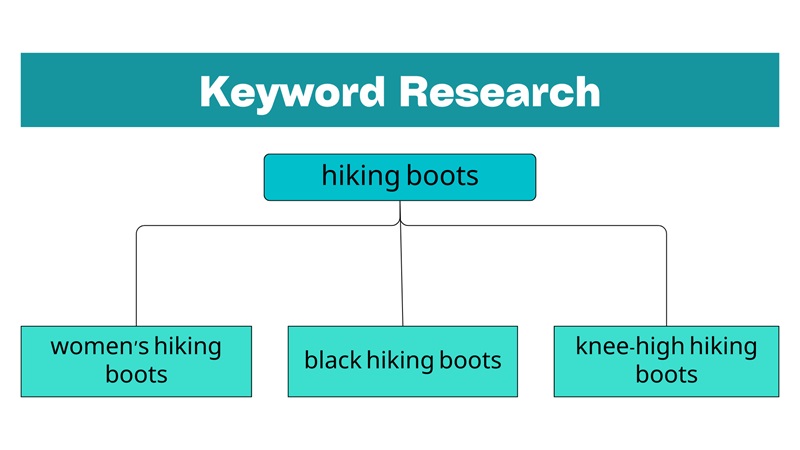
A thorough keyword analysis underlies any SEO strategy, and mass page SEO is no exception. It is all about finding those golden nuggets – relevant terms with a high ranking and low competition. Choose long-tail keywords that answer specific user questions and are targeted to specific niche audiences.
For example, if your product involves “hiking boots”, you want to find relevant keywords that are high in searches while not having a lot of competition. You may use variations like “women’s hiking boots”, “black hiking boots”, and “knee-high hiking boots” to narrow down the pages that you want your website to rank for.
Step 2: Research Your Niche and Competitors
In order to dominate SERPs, you have to “know your enemy”. Explore your niche and competitors, find out what kind of content your ideal audience is searching for, find keyword possibilities, and find niche holes. Use this information to develop your keyword plan and publish informative, interesting content that gets traction.
For example, take the time to explore your biggest competitors. You can learn about them through SERPs by searching your desired keywords, or you can invest in major SEO tools to discover content gaps that you could fill.
Step 3: Identify Head Terms and Modifiers
Identify relevant head terms (your primary keywords) and modifiers (those extra words that add specificity to a search query). For example, if your head term is “digital marketing services,” modifiers could be “for small businesses,” “for e-commerce,” “in London,” or specific service types like “SEO” or “PPC.”
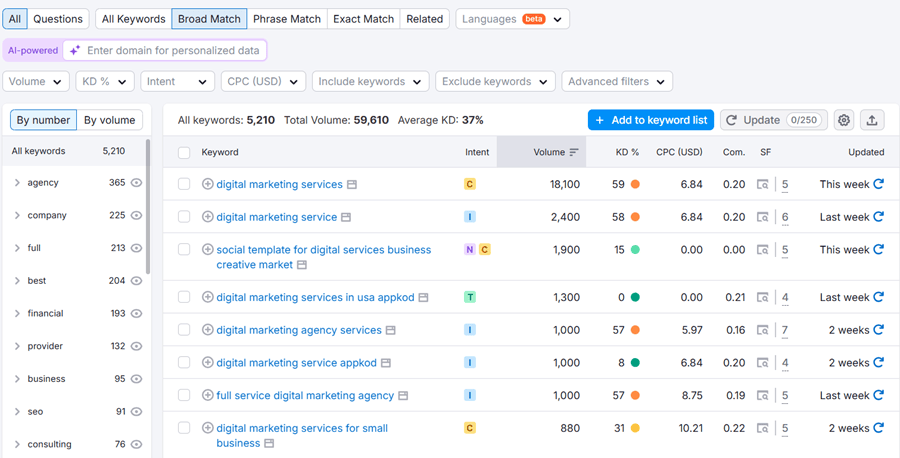
Step 4: Choose Your Long-Tail Keywords
Mix and match your keywords and modifiers to come up with a comprehensive set of long-tail keywords. These extremely targeted keywords will be the core of your strategy, allowing you to expand to niche audiences and more search terms.
Step 5: Build Your Landing Page Template Factory
You need to build a living template for your landing pages with the space to add your keywords and content. This template will become your content factory and ensure that your content creation cycle remains constant, efficient, and scalable.
For example, if your website sells sheds, you want to create a template that will cover all variations you have. The template should talk about the main shed for each style you offer, such as “gardening shed”. It should also have variations that cover different colors, materials, and sizes for that shed, such as “blue gardening shed”, “cedar gardening shed”, and “10’x10’ gardening shed”.
Step 6: Build Your Landing Pages
Automate the creation of unique landing pages based on your template and data for each of your selected long-tail keywords. Every page needs to be informative, have a call to action, and be user-friendly in order to convert and get them to interact with it.
Example:
- https://www.spokeo.com/John-Smith
- https://www.spokeo.com/Adam-Smith
- https://www.spokeo.com/Michael-Smith
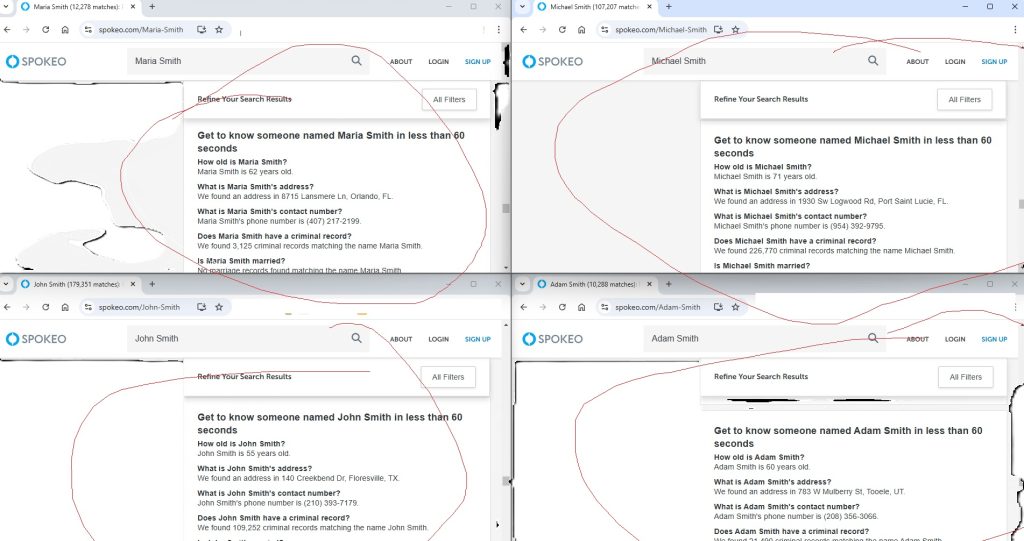
What are The Key Benefits
Programmatic SEO is not just another SEO strategy, but a change in thinking that allows companies to create exponential organic traffic and presence growth. Programmatic SEO, through its ability to automatically generate content and longtail optimize for an infinite number of keywords, unlocks a cache of benefits that traditional SEO can’t achieve.
Here’s how it can revolutionize your online presence:
- Scalability: It allows you to target vast numbers of long-tail keywords and generate a library of optimized content with remarkable efficiency. You can win a massive portion of those hard to target search terms that your competitors are missing.
- Efficiency and Productivity: Utilizing programmatic SEO can help streamline the content creation process. It takes the guesswork out of your hands, leaving you with more time and resources to invest in strategic projects and business development.
- Consistent Quality: Your website pages get a structured and consistent approach to SEO. Programmatic SEO is done for all the pages that satisfy your SEO guidelines so you can be sure that your whole site’s content will be high-quality and consistent.
- Higher Organic Traffic Potential: By targeting a wide spectrum of long-tail keywords, you can attract a larger and more diverse audience. This often translates to a significant increase in organic traffic, bringing more potential customers to your website.
- Gain a Competitive Edge: With the help of AI marketing tools, programmatic SEO lets you rank ahead of your competitors using a larger array of keywords and an increased proportion of organic searches.
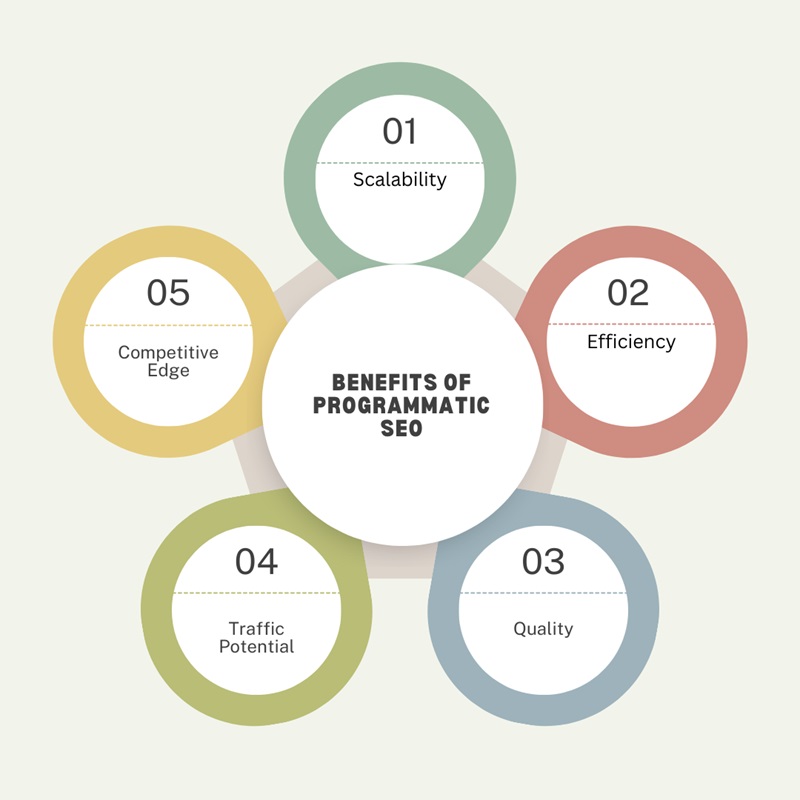
Ready to experience the transformative power of programmatic SEO? Contact Andava Digital today for a free consultation and discover how we can help you achieve exponential growth.
Industries Benefiting from Programmatic SEO
This is not a one-size-fits-all solution but a strategy that can be adaptable to different industries. From e-commerce platforms to niche firms, brands in all verticals are harnessing programmatic SEO’s ability to scale, increase online visibility, and reach more people and achieve rapid growth.
E-commerce Websites
For e-commerce businesses with extensive product catalogs, automated SEO is a game-changer. Instead of manually creating and optimizing individual pages for each product variation (size, color, style, etc.), this strategy automates the process, allowing businesses to efficiently target a vast array of long-tail keywords and capture a larger share of organic search traffic.
Example: A Furniture Retailer’s Programmatic SEO Triumph
Think of an online furniture retailer with a website that sells thousands of products with various sizes, colors, materials and features. Having to manually design optimized pages for each combination would be almost impossible.
- Data and Templates: They develop a dynamic template for product pages, incorporating variables for product attributes like dimensions, materials, colors, and styles.
- Content Automation: The system automatically pulls data from their product database and populates each page with unique descriptions, specifications, high-quality images, customer reviews, and related product recommendations.
- SEO Optimization: The system generates long-tail keyword variations like “leather sectional sofa with chaise” or “mid-century modern dining table for 6” and creates individual pages optimized for those specific searches.
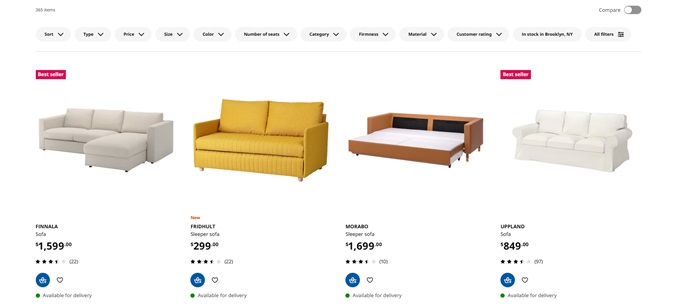
This automated approach allows the furniture retailer to capture a wide range of search queries, improve product visibility, and drive more qualified traffic to their website.
Travel Aggregators
For travel aggregators, programmatic SEO is the key to unlocking a world of destinations and capturing a vast array of travel-related searches. By automating the creation of location-based pages, travel websites can target specific cities, regions, and even attractions, ensuring they appear in search results for a wide range of travel queries.
Example: A Flight Booking Website Takes Flight with Programmatic SEO
Imagine a flight booking website aiming to rank for every possible flight route. Manually creating and optimizing pages for each origin and destination combination would be an impossible task.
- Develop Dynamic Templates: Create templates with dynamic fields for origin city, destination city, travel dates, airlines, and even nearby attractions.
- Automate Content Generation: Pull data from their flight database and automatically generate unique pages for each route, complete with relevant information, flight options, and travel tips.
- Optimize for Long-Tail Keywords: Target long-tail keywords like “cheap flights from London to Rome in July” or “direct flights from New York to Los Angeles” to capture specific user searches.
This allows the website to rank for a vast number of flight routes, attracting more users and increasing booking opportunities.
Real Estate Platforms
Real estate platforms can leverage programmatic SEO to generate unique, optimized pages for each property listing in their database. By automating this process, they can effectively target location-based searches, property types, and price ranges, ensuring maximum visibility for their listings. This connects the website to more users both locally and beyond, looking for real estate in specific locations.
SEO Example: A Real Estate Portal Expands its Reach with Programmatic SEO
A real estate portal with thousands of property listings can use automated SEO to:
- Create Dynamic Templates: Develop templates with variables for property type (house, apartment, condo), location, number of bedrooms and bathrooms, price range, and nearby amenities.
- Populate Pages with Data: Automatically populate each page with relevant property details, images, virtual tours, and neighborhood information.
- Optimize for Local Searches: Target long-tail keywords like “3 bedroom houses for sale in Austin under $500k” or “luxury condos for rent in Miami Beach” to capture specific user searches.
This enables the platform to rank for a wide range of property-related searches, attracting more potential buyers and sellers.
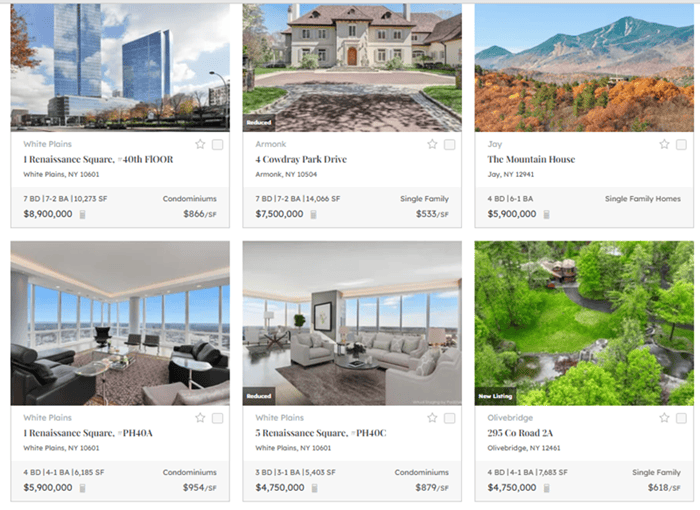
Local Business Directories
Local business directories could apply programmatic SEO when creating dedicated pages for each business category in every city or region they serve. This allows them to target specific local searches and connect businesses with potential customers in their area.
Example: A Local Directory Expands its Local Reach
A directory covering multiple cities can use programmatic SEO to:
- Develop Templates: Create templates with dynamic fields for business category (restaurants, plumbers, dentists), city name, and relevant local keywords.
- Generate Pages: Automatically generate pages for each business category in every city, such as “best Italian restaurants in San Francisco” or “top-rated plumbers in Boston.”
- Enhance Local Visibility: Optimize each page for relevant local searches, helping users find the businesses they need in their area.
This strategy allows the directory to rank for a vast number of local searches, driving more traffic to their website and increasing visibility for listed businesses.
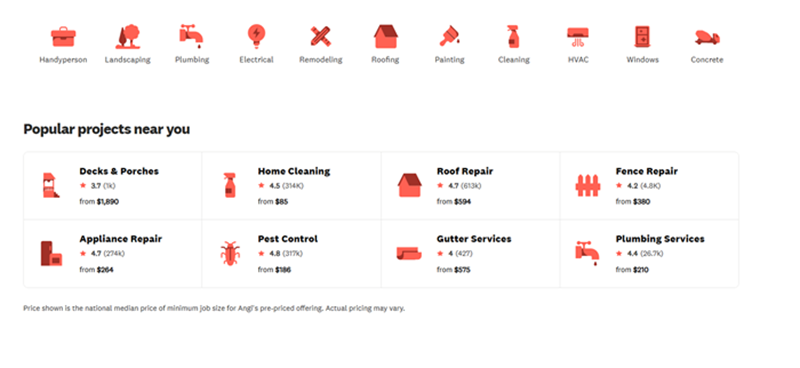
Example
For example, an online retailer offers various office chairs that they would like to showcase on their website. They offer 20 different chairs, and each chair comes in three types of material – mesh, leather, and fabric.
Each of those variations comes in five different colors, plus chairs can either be plain, with armrests, with lumbar support, or both. That is 20 x 3 x 5 x 4 = 1,200 possible variations. From there, this online office chair retailer will need to create a template that puts together those variations and creates automated pages full of high-quality content to rank for them.
For example, they will need to focus on keywords like “Buy [Brand] [Chair Model] in [Color]” or “[Material] [Chair Model] with [Feature]” to show up for as many of those 1,200 variations as possible.
The system will pull data from the company’s product database in order to populate the page with a unique description of the product variation, the features the chair has, and customer reviews that are relevant to that specific chair. The database will also help generate various long-tail keywords that the brand can rank for, like “Brown leather office chair with armrests” and “blue mesh office chair without arms”.
Automated SEO also allows brands like this to rank location-based keywords as well. For example, anyone searching for “black leather office chair with lumbar support in Houston” or “brown fabric office chair in Seattle” could also be brought to this company’s automated pages.
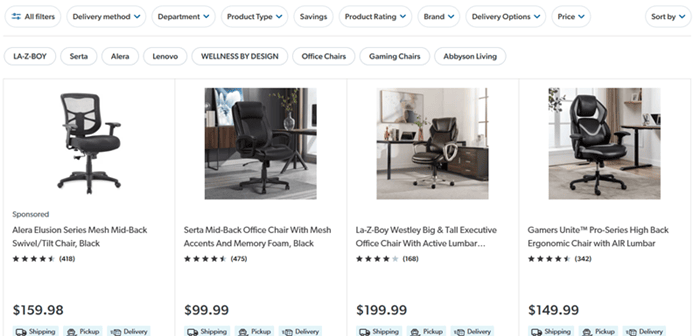
Popular Programmatic SEO Examples
Looking for inspiration to implement this strategy? Let’s explore how some of the biggest names in the digital world are leveraging this powerful strategy to achieve remarkable results.
Tripadvisor: Your Guide to Global Adventures
Tripadvisor, the world’s largest travel platform, uses programmatic SEO to cater to every traveler’s wanderlust. They generate a vast library of pages dedicated to specific destinations, attractions, and travel experiences, ensuring they appear in search results for a wide range of travel queries.
Examples:
- “Best hotels in Paris for families”
- “Top things to do in Rome in 3 days”
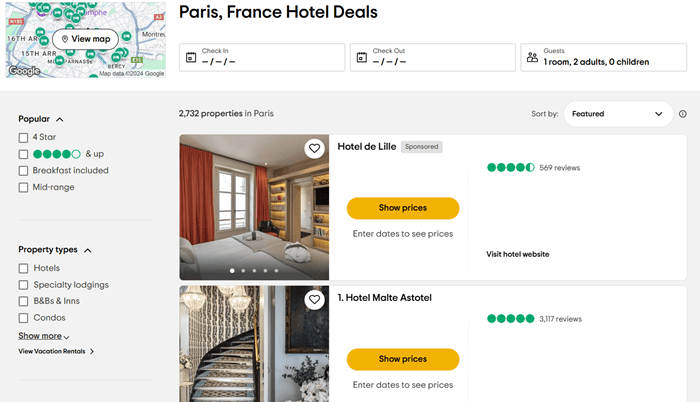
Yelp: Your Local Business Companion
- Yelp, the go-to platform for local business reviews and recommendations, leverages automated SEO to connect users with businesses in their area. They create dedicated pages for various business categories and locations, making it easy for users to find the services they need.
Examples:
- “Top-rated hair salons in Los Angeles”
- “Dog-friendly cafes in London”
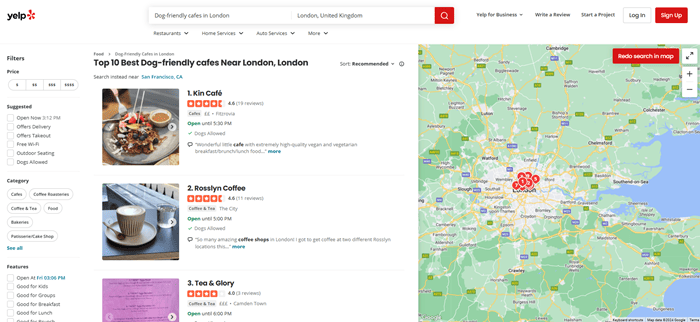
Zillow: Your Real Estate Navigator
Zillow, the leading real estate marketplace, uses automated SEO to showcase its vast database of property listings. They generate unique pages for each property, targeting location-based searches, property types, and price ranges.
Examples:
- “Modern apartments for rent in San Francisco”
- “Affordable family homes in Austin with a backyard”
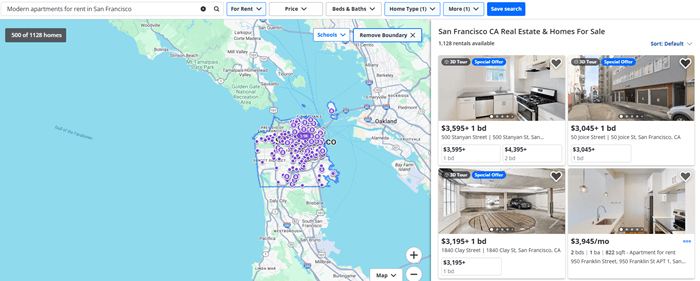
Canva: Your Design Toolkit
Canva, the popular graphic design platform, employs programmatic SEO to cater to a diverse range of design needs. They create dedicated pages for various design templates, graphic types, and social media platforms.
Examples:
- “Instagram post templates for restaurants”
- “Facebook cover photo templates for businesses”
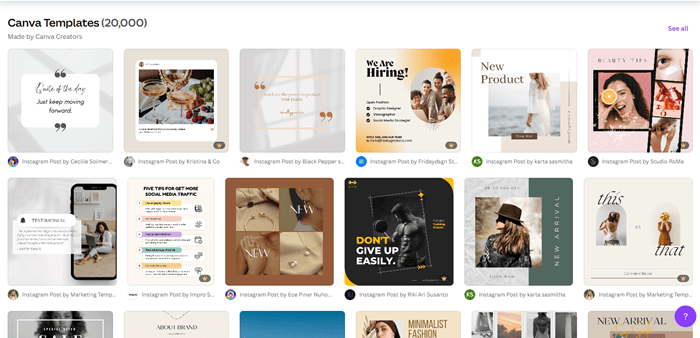
Airbnb: Your Home Away from Home
Airbnb, the global home-sharing platform, utilizes programmatic SEO to showcase its vast inventory of vacation rentals. They generate unique pages for each listing, targeting location-based searches, property types, and travel styles.
Examples:
- “Charming cottages in the Cotswolds”
- “Beachfront villas in Bali”
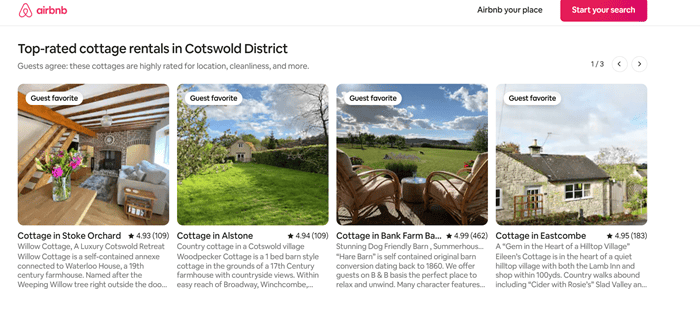
Zapier: Your Automation Ally
Zapier, the popular automation platform, uses programmatic SEO to help users connect different apps and automate their workflows. They create dedicated pages for various app combinations and automation tasks.
Examples:
- “How to connect Google Sheets with Slack”
- “Send automated SMS messages with Twilio and Zapier”
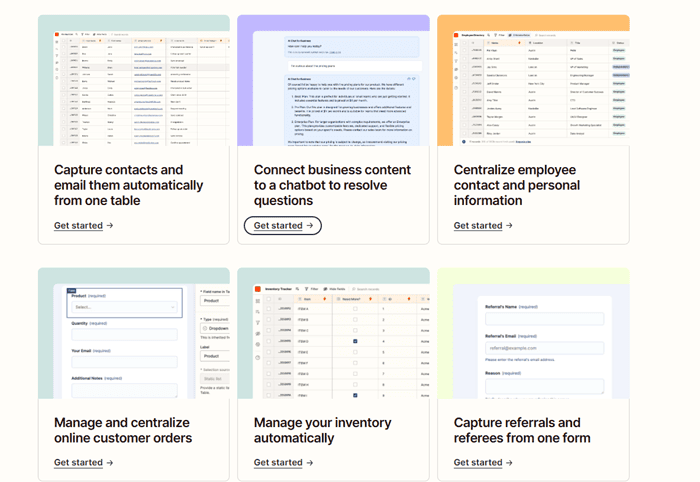
Navigating the Pitfalls of Programmatic SEO: Avoiding Common Mistakes
Programmatic search engine optimization services are tremendous tools for building your content and generating organic traffic, but it’s also really complex. If you don’t implement SEO techniques properly, you run the risk of pitfalls that won’t let you progress, plus, could hurt your website.
Here are some common mistakes to avoid when implementing programmatic SEO.
- Generating Duplicate or Thin Content: Search engines penalize websites with duplicate or thin content. Ensure each programmatically generated page offers unique, valuable, and informative content that satisfies user intent.
- Ignoring User Intent: Understanding the user’s search intent is paramount. Provide relevant information that aligns with the user’s search query to ensure a positive user experience and avoid high bounce rates.
- Poor Internal Linking Structure: The proper internal linking hierarchy is equally important to the UX and SEO. Design a hierarchy and link your pages with the internal links to help users and web crawlers navigate through your website using traditional on-page SEO services.
- Failing to Monitor Quality: Don’t leave it on autopilot! Check and verify the performance of your crafted pages regularly to make sure they are performing as expected, have good UX and are SEO friendly.
- Ignoring Mobile Optimization: In the mobile-first age, neglecting mobile optimization is a double-standard. You want your pages to be responsive, load fast and flow across all devices. Keep in mind SEO principles otherwise, programmatic SEO is not going to work.
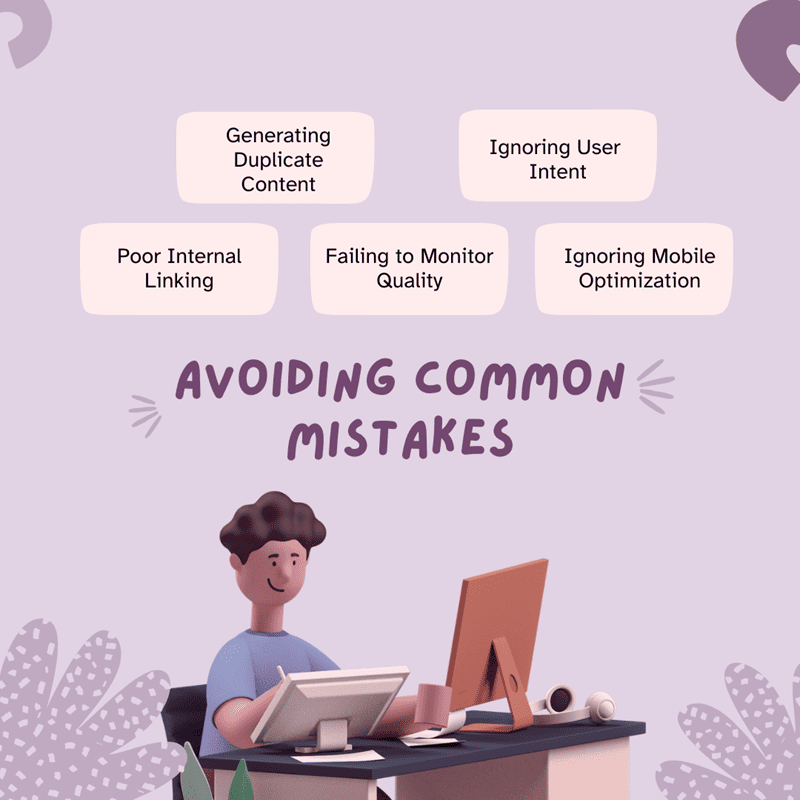
By grasping the basics of programmatic SEO, using best practices, and steering clear of these pitfalls, you can make good use of this powerful trick. Programmatic SEO enables you to scale your content creation, boost your rankings, and deliver an explosive wave of organic traffic to your website.
Are you ready to unleash the true power of programmatic SEO and revolutionize your online presence? Reach out to Andava Digital today for a free consultation and let our SEO professionals help you reach SEO perfection.